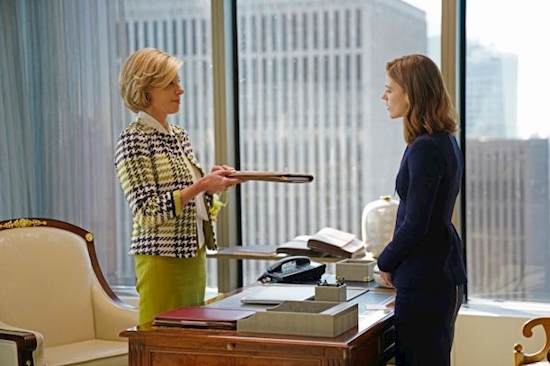The great TV recycling swindle – they’ve been at it for decades
There’s trouble in Westeros. To some surprise, Bloodmoon, a much-discussed prequel to Game of Thrones, has been cancelled after the shooting of a pilot episode. But fear not.
House of Dragon, another, parallel prequel series, is to go before cameras. Earlier this year, Casey Bloys, programming president of HBO, boasted that “from zero to five” potential prequels were in the mix.
The temptation is to throw hands in the air at one more indicator that the world is going to a remake of hell in a rejigged, but still familiar handcart. Contemporary creators certainly do enjoy extracting as much (shudder!) content as possible from any successful enterprise.
Read about the waves of Star Wars and Marvel (groan!) content spreading across the Disney+ channel. Breaking Bad was barely in the grave before Better Call Saul kicked off. There’s an NCIS on every corner. This is the era of recycle TV. Right?
Hold on.
The spin-off has been with us since television gained ascendency and, throughout that history, it has consistently confirmed that some dead horses do benefit from continued flogging. The spin-off is the bad idea that delivers good results more often than such creative conservatism deserves.
Rules
Such conversations inevitably drift to Joey, the useless Friends sequel, or Baywatch Nights, the bizarre Baywatch extrapolation, but who would be without Star Trek: The Next Generation, Torchwood, Lou Grant, The Colbert Report or Pinky and the Brain?
The consensus tells us that Frasier is one of the few spin-offs that surpasses its source. The consensus is run by idiots. Cheers is among the greatest sitcoms ever and no Seattle-based Wodehouse riff has yet proved its equal. But, yes, Frasier is also pretty good.
The spin-off habit, which properly got going in the early 1970s, initially hung mostly around comedy. The American show All in the Family – itself a variation on Johnny Speight’s Till Death Us do Part – spawned no fewer than five spin-offs. None made a mark overseas, but Maude, starring Bea Arthur as a stroppy New Yorker, broke all kinds of taboos in its successful US run.
Alien romp Mork and Mindy (a little tiresome now, but a smash at the time) somehow emerged from 1950s nostalgia fest Happy Days. Laverne & Shirley (another show that didn’t travel) spun off successfully from the same series.
A few rules were forming themselves. To avoid suggestions that we were dealing merely with an extension, it was worth taking your spin-off character – rarely the title protagonist – off to another location. The tone could change a little, but the genre should remain the same and the conventions of the original should be honoured.
It is little wonder that Mrs Columbo, which ran for one series in 1979, is remembered with shudders by fans of the title character’s detective husband. Like Maris Crane in Frasier (see above), Vera Peterson in Cheers (see also above), Elizabeth Mainwaring in Dad’s Army (which spawned a radio spin-off called It Sticks Out a Mile) and ‘er indoors in Minder (just more versions of the original there), Mrs Columbo was hitherto among the great unseen wives of post-war TV. Even Kate Mulgrew couldn’t make sense of the role, but, 15 years later, she went on to unquestioned spin-off glory in Star Trek Voyager.
Testing the limits
It was James L Brooks, creator of classic TV such as the Mary Tyler Moore Show and The Simpsons (arguably a spin-off from The Tracy Ullman Show), who successfully tested the limits of the form.
Rhoda took a character from Mary Tyler Moore and moved her into a tonally similar sitcom set a few hundred miles to the east. But Lou Grant did something riskier. Featuring the title character, originally Mary’s boss, as a newspaper editor in Los Angeles, the series dared to squeeze a one-hour drama from a half-hour comedy. The show ran for five seasons and won 13 Emmy Awards.
It would be nice to say that Lou Grant inspired a new generation of more adventurous spin-offs. This is not quite so. To the present century, when a show like Inspector Morse passes on, it tends to spawn series from the same stable such as Lewis and Endeavour (both grand).
The spinoff has, nonetheless, remained an impressively fecund form. We should not be surprised. The best TV is constructed around characters with the potential for endless exploitation in endlessly various circumstances. That’s how series function.
Few recent shows better demonstrate how to manoeuvre within the precedents than the The Good Fight. Starring the irresistibly regal Christine Baranski, the legal show plucks tropes and characters from The Good Wife and makes them dance to subtly different beats.
The Good Fight is more racially diverse, more clued-in to recent politics and more at home to Victorian melodrama. When TV is this good, why bother minting entirely fresh ideas?
Source: www.irishtimes.com

